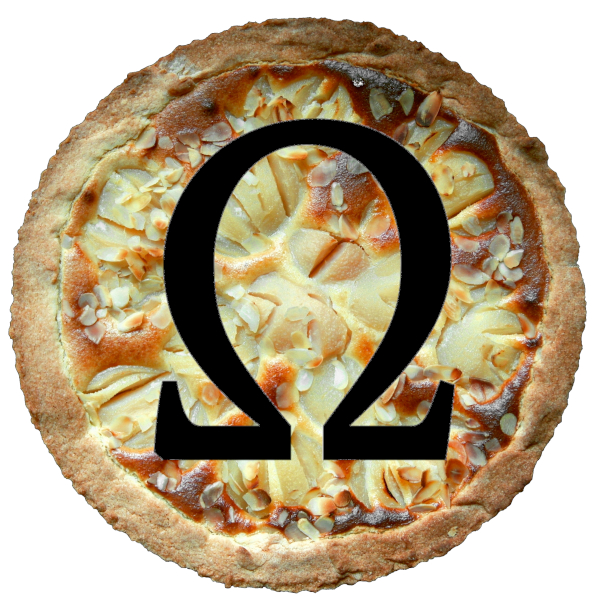| |
A Piece of Asimov Pi

 In his book Asimov On Numbers there is an essay titled “A Piece of Pi”, explaining what pi is, its history, and workings. It’s an excellent book, as are all of his books. Carl Sagan called him “the greatest explainer of the age”. He had books in nine of the ten Dewey decimal categories and is one of my favorite authors. In his book Asimov On Numbers there is an essay titled “A Piece of Pi”, explaining what pi is, its history, and workings. It’s an excellent book, as are all of his books. Carl Sagan called him “the greatest explainer of the age”. He had books in nine of the ten Dewey decimal categories and is one of my favorite authors.
 The atheist Asimov takes a poke at his parents’ religion in that chapter, correctly pointing out that the ancient Hebrews weren't very good at math or building, and needed the Phoenicians to build the Temple of Solomon for them. Their plans, Chronicled in Chronicles 2:4, states that the diameter must be thirty cubits and the radius ten cubits. He correctly points out that this would result not in a circle, but a hexagon. The atheist Asimov takes a poke at his parents’ religion in that chapter, correctly pointing out that the ancient Hebrews weren't very good at math or building, and needed the Phoenicians to build the Temple of Solomon for them. Their plans, Chronicled in Chronicles 2:4, states that the diameter must be thirty cubits and the radius ten cubits. He correctly points out that this would result not in a circle, but a hexagon.
 But Dr. Asimov was thinking like a mathematician, not an engineer or architect. There is no such thing as a circle; a circle is a two dimensional construct, and no physical object exists in only two dimensions... not in this universe, anyway. The vat had an inside diameter of 30 cubits and an outside diameter of 31.4 cubits, So the walls of the vat would be .7 cubits thick. But Dr. Asimov was thinking like a mathematician, not an engineer or architect. There is no such thing as a circle; a circle is a two dimensional construct, and no physical object exists in only two dimensions... not in this universe, anyway. The vat had an inside diameter of 30 cubits and an outside diameter of 31.4 cubits, So the walls of the vat would be .7 cubits thick.
 The good doctor mentions that the Hebrews held certain numbers, like the number three, in holy respect. In fact, seven is also one of those numbers, and the Star of David has six points. Draw straight lines from the star’s points and you have... a hexagon! The good doctor mentions that the Hebrews held certain numbers, like the number three, in holy respect. In fact, seven is also one of those numbers, and the Star of David has six points. Draw straight lines from the star’s points and you have... a hexagon!
 So even not understanding math, they got it right. Now, how could they have possibly done that? So even not understanding math, they got it right. Now, how could they have possibly done that?
|

